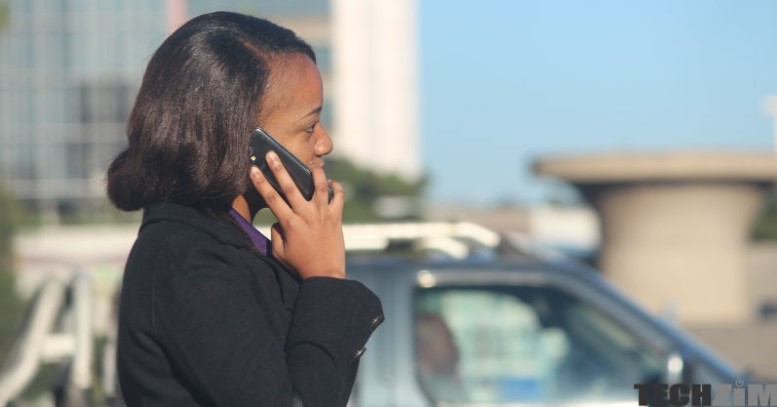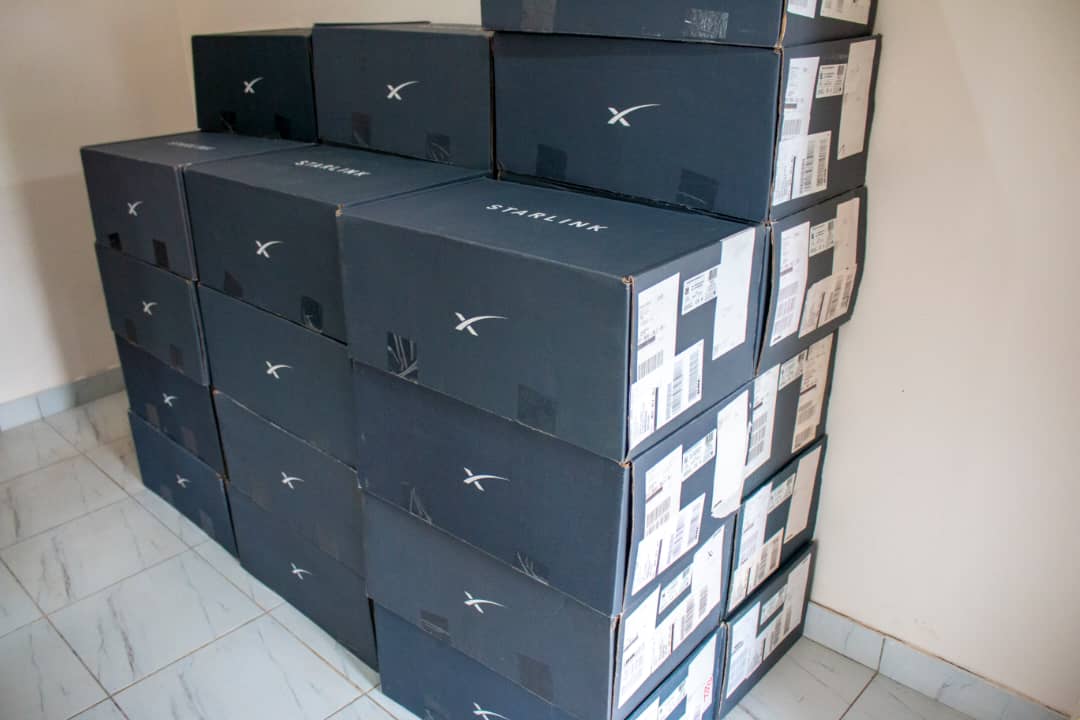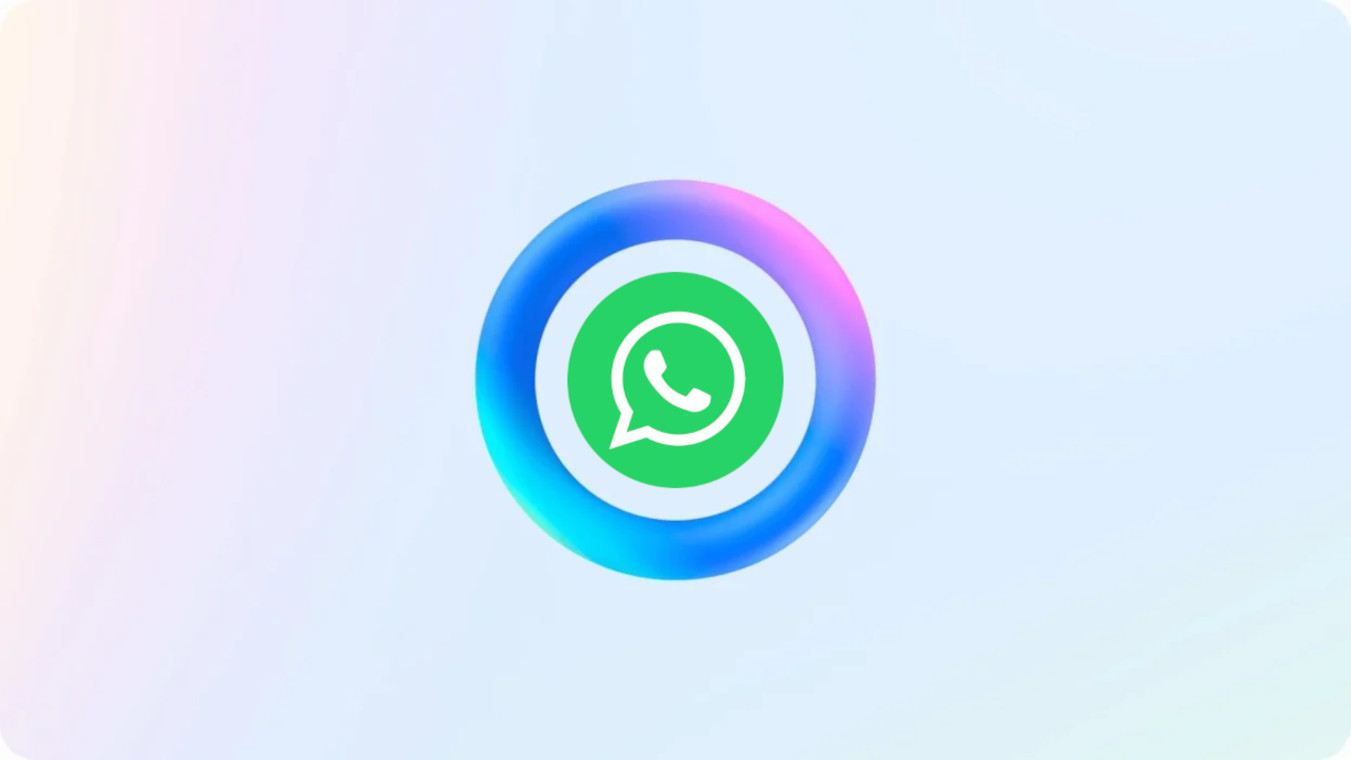The best way to communicate is verbally, face to face. It’s not my preferred way but there’s no arguing that nothing beats it. If it’s done in a nice and quiet location, you can hear your companion as clearly as God intended.
We can’t always have face to face conversations though. We are usually in different locations making it impossible to do so. Technology found a way to make it somewhat possible. We have a few ways to keep the conversation going when distance would take it away.
Text messages
The cheapest way to do that is the lowly text message. It gets the job done most times but with no non-verbal (body language) cues to assess and no voice intonations to consider, text messages are prone to misinterpretations.
Then there is also the small matter of messaging not happening in real time. When you send a text, the recipient won’t necessarily see it when it arrives. A short conversation can take hours with both participants taking time between responses.
Video calls
Contrast that with video calls. These are the next best thing to face to face conversations. You can hear and see the person you are talking to, in real time. Of course, it’s usually just the face and shoulders that you see and so you miss out on some body language.
That’s all well and good but video calls are the most expensive way to communicate for most. Only problem is, even if you have the data to splurge on a video call, you still might get a terrible experience, especially if you are using mobile broadband.
We have all been complaining about Econet, NetOne and Telecel’s mobile broadband. Econet, confirmed in their latest financial report that we are not imagining things, the experience really has deteriorated.
When your video call starts looking like a slideshow and the audio becomes a stuttery mess, you’ll be reaching out for your favourite messaging app.
Voice calls
Voice calls slot right in between the above options. You don’t need a stable internet connection to use them and so they are much cheaper than video calls. They are usually dependable too, even though they utilise 2G/3G infrastructure.
Right there we can distinguish network calls from calls via apps like WhatsApp or Zoom. Those would be Voice over Internet Protocol calls, which require an internet connection. For that reason, let’s think of them as video calls without the video. Back to the traditional calls…
Traditional calls
These are the calls you make from your phone’s dialer app. They could be better. In Zimbabwe right now our mobile network operators still rely on 2G and 3G networks and older tech to handle these calls. That’s frustrating because this takes us back to dial up internet days.
When you receive a call you will notice your LTE turn to 3G or 2G or even worse and you won’t be able to use the internet for as long as you are on that call. Not many will mind this but the few of us that do are annoyed to no end.
What we all mind though is the questionable voice call quality we sometimes get. There are many factors that go into that, the devices we use usually being the culprit. In any case though, however acceptable call quality is, there already exists tech that allows for higher definition calls that we are yet to enjoy in Zimbabwe.
Circuit switching
See, 2G and 3G networks use circuit switching to enable voice calls and text messages via dedicated circuits.
A good way to think about this is the old old telephone calls where a dedicated connection between caller and receiver was necessary for a call to happen. Similar, but more complicated than the tin cans connected via a wire that we played with as kids.
The problem here is that when you are on a call, that wire, i.e. those resources are yours until you hang up. So, even when it gets a little awkward in the call and you are both silent for 30 seconds, you are still hogging those resources and no one else can use them. In other words, circuit switching is inefficient.
Packet switching
The improvement to circuit switching came in the form of packet switching. Here, you don’t have to dedicate radio network resources to individual callers for the duration of the call. The data, i.e. the voice being transferred is broken down into manageable chunks and these are sent via multiple circuits.
So, instead of dedicating a circuit, packet switching allows circuits to be shared. Allowing for way more simultaneous calls using the same network resources than if circuit switching was used.
This packet switching is what’s used to provide data services in all the generations of mobile networks, from 2G to 5G. However it is only in 4G and 5G networks that packet switching can be used for voice calls and SMSes too.
Oh, and this also allows for people using VoLTE to still be able to use the internet whilst they are on a call. That’s because, essentially, the voice and data are handled the same way – in packets, even if they use different APNs.
VoLTE
When packet switching is used to deliver voice over 4G LTE networks, it called Voice over LTE (VoLTE) and when over 5G networks it is Vo5G/VoNR (Voice over New Radio).
The efficiency gains from packet switching allow VoLTE/VoNR to deliver HD voice calling. However clear we think our calls are in Zimbabwe, we haven’t experienced true HD calling. And until our MNOs adopt VoLTE we will have to wait.
That’s a little strange that the first VoLTE calls were made in 2013 and we are yet to have them in Zimbabwe. VoLTE provides advantages for both MNOs and their customers. The MNO gets to use resources more efficiently whilst the customer gets a superior experience.
That means the main reason we don’t have VoLTE yet is because of the capital requirements to build or upgrade 4G core networks to allow for it. Had our MNOs not been around to invest in 2G/3G networks they most likely would have gone all in on 4G and VoLTE like Jio did in India.
Why no VoLTE?
As it stands, the MNOs have a somewhat working solution and are starved of the foreign currency needed to make the investment anyway. It also doesn’t help that the number of VoLTE capable devices in the country is likely still low. All this means the wait is likely to go on a little longer.
Or maybe we could be surprised soon. Econet Lesotho announced they were upgrading their core network and boasted about VoLTE and its benefits back in 2019. We reached out to Econet to find out if and when Zimbabwe would be getting the same treatment and we will let you know what they say when they finally get around to telling us.
Then the conspiracy theorist in me has a thought. See, VoLTE has more voice and data capacity than 3G and 2G, nothing surprising there. What is interesting to me though is that VoLTE’s packet headers are smaller than those of unoptimised VoIP.
This is why data usage whilst VoIP calling on Zoom etc uses a little too much data than we like. An hour long one-on-one call on Zoom uses roughly 540MB-1.62GB. Using out of bundle browsing, you will need about US$5 for that data. That’s good for the MNOs.
When MNOs finally offer VoLTE, they likely will struggle to charge for the HD calling and so like we see in many other countries, the VoLTE calls will cost the same as the SD stuff we’re used to. I can see how an MNO might prefer we bought data bundles and called each other than offer HD calling via VoLTE. Ignore me here, I might have inhaled something nasty.
What do you think?
I know you guys know more about this stuff than I do and could help break it down better. I wonder though, do you even care about VoLTE and its HD calling and being able to be on a call and use the internet at the same time, you know, like you would expect to be able to do in the 21st century?
LTE coverage still needs to improve in the country but are we to wait until the whole country has it to get some of the features the tech allows for? After all, we already have the 2G/3G networks to fall back on when coverage or devices limit this feature.
To remember also is that 92% of urban areas have LTE coverage. Unfortunately that’s not as impressive as it sounds. For most of us, it’s only LTE in name, we usually get 2G speeds even with the coveted LTE sign. This is why we’re not that excited about 5G deployment. LTE can serve us well if done right.
Feel free to chime in in the comments section below.
Also read:
VoIP: The future of voice communication in Zimbabwe
ZOL chases after voice revenue with its new 10c/minute VoIP service ZOLphone














Comments
14 responses
There is also something called WiFi Calling which our operators have not yet introduced. If you have a quality internet connection via say fibre, and a poor or nonexistent mobile signal, then your mobile phone services for both voice and SMS will be delivered via the WiFi connection, i.e your WiFi router will act as your mobile phone’s tower. The beauty of it is that it will work no matter where in the world you may be. As long as you have a WiFi connection you will also be reachable on your regular ZW mobile number – no need for expensive roaming charges and operators don’t even need to sign any roaming agreements with other operators in all the funny places in the world Zimbos may find themselves in. Most Zimbos will toss out their Buddie SIM cards as soon as they land in another country since besides costs, roaming is not even available on Buddie prepaid packages. Enabling WiFi calling would change all that and cheaply extend Econet/Net1/Telecel coverage to the rest of the world for all our peoples in the diaspora.
The article should have started at the VoLTE section. Anywho, in Zim, we often find ourselves on 3g and on Edge, despite coverage claims by MNOs. I doubt switching to VoLTE would be any different. I also don’t think the clarity of calls in Zim has been an issue to warrant subscribers to want it, or think it was a worthwhile innovation for them.
Can someone explain to me what is EGDE, LTE, 2G, 3G and 4G…
Im not a tech guy 😭
The G in 2,3, or 5G is for generation. This relates to network speeds and quality. Simply put 2 is a snail, 3 is tortoise, 4 is a dog and 5 is a cheetah They are all animals (G) but different speeds and strength. Thats how you can tell the difference.
EDGE,LTE etc those are just in betweens. An improvised version of something. Take a honda fit for example. They come in different shapes and versions but they are still honda fits.
Maybe someone can illustrate further….
That was a perfect illustration
Indeed it’s quite ridiculous that despite your phone saying you’re connected to 4g network you’ll be getting 500kb/s. Its pathetic that even Econet are boosting about 5g whilst the LTE speed remains so low, not to mention the number of 5g capable devices vs 4g ones
I have used volte overseas…I disagree for the average user there’s no discernable difference…I barely noticed it….what I did notice was severe battery drain.i ended up switching to a different non volte network and in this country there were 60mins free per day volte and non volte…there’s no need for WhatsApp calling as well.
On another not how long are your calls that the downtime is affecting you
Does anyone know what settings are for the router TelOne subscribers are using in Chitungwiza? The router supports a handset and it supports both volte and VoIP. I guess they are using VoIP since the article says local MNOs are not yet onto volte.
I still remember seeing “HD voice call” popup when using NetOne line on my GTel A7150-X4, and the audio quality then was crystal clear, that’s in the year of 2017 if not mistaken.
NetOne always gives me HD calls when I’m at school (Harare Poly). The calls are always crystal clear.
You should check your message folder for the password. If, for some other reason, the sender failed to send you the password, you can message him again to ask for assistance. wordle hint
It’s absurd that your phone claims to be linked to a 4G network, yet you’ll only get 500kb/s. Although Econet is making a big deal out of 5G, but the LTE speed is still terrible, and there aren’t even that many 5G-capable gadgets compared to 4G ones.
The inclusion of references Watermelon Game and sources enhances the credibility of the information presented. It’s great to see a commitment to accuracy.
thank you for a helpfull information